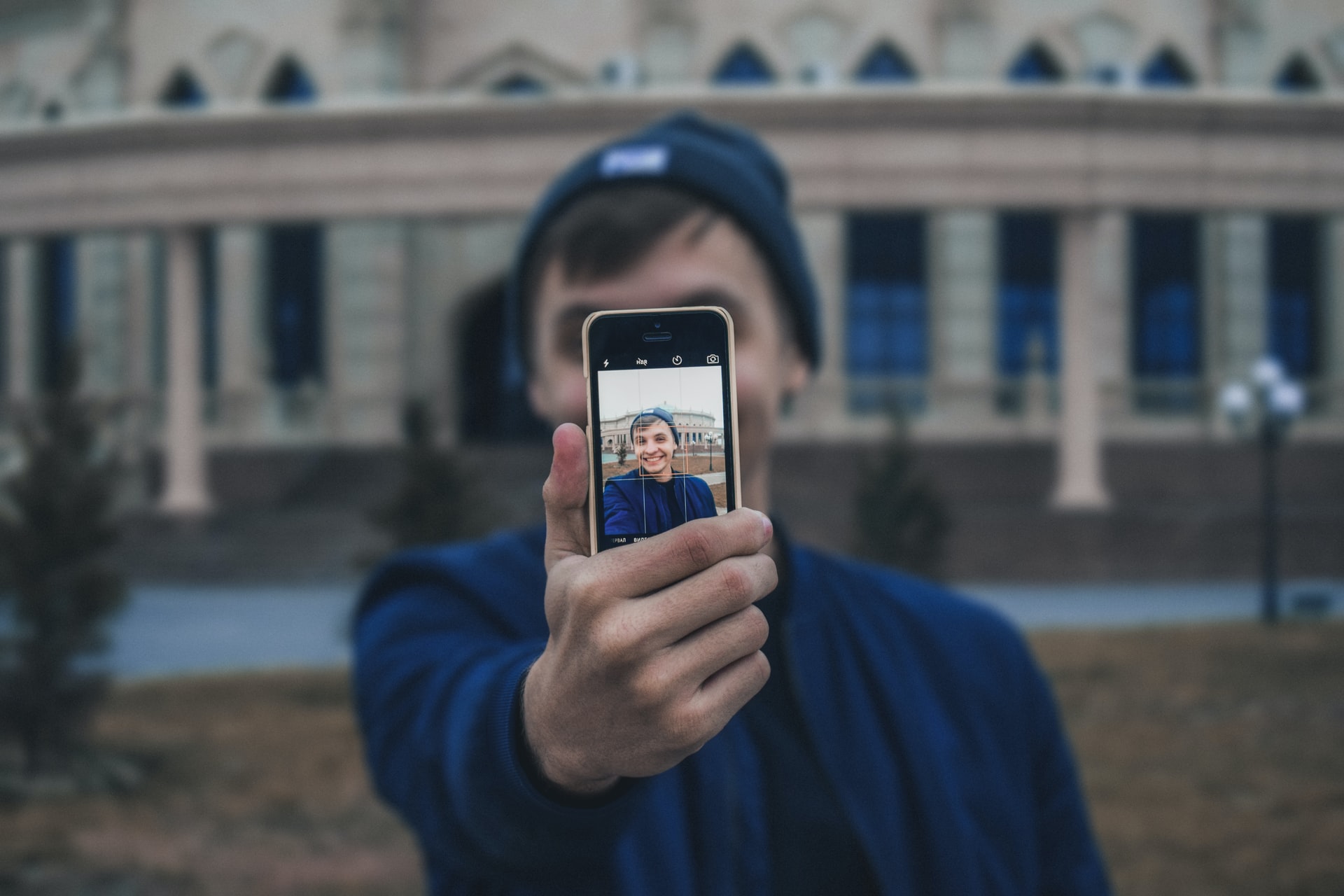Our phones keep a lot of our personal information. It includes our contacts, accounts, photos, locations, financial information, to name but a few. Therefore, you cannot be too careful when it comes to data protection.

Smartphone security awareness becomes crucial today as most organizations and educational institutions have switched to technological solutions. This exposes people to cyberattacks and different kinds of online fraud. DoMyEssay has been providing online writing help for years, observing the highest security standards. Their experts have shared a few tips on smartphone security that can benefit not only students and their parents but anyone who uses mobile devices. Here are the top 5 recommendations:
- Create unique passwords for all your mobile devices.
- Use security settings to protect your identity and location data.
- Use only trusted services and stores.
- Update the OS on your device regularly.
- Use a secure method to lock your phone.
The last point requires particular attention. There are several ways to lock your phone, but biometric identification is probably the most popular. Many people believe that facial and fingerprint recognition gives us security that is impossible to crack. Unfortunately, it is far from being true. Yes, biometric identification is a fast and convenient way to lock your phone, but it is not completely secure. Here is why.
1. A Lot Depends On Your Device
Some phones appear to be more secure than others. An experiment conducted by Consumentenbond, a non-profit organization from the Netherlands, tested facial recognition on 110 mobile devices. 38% of the smartphones failed the test. Holding a photo of the owner in front of the device was enough for the 42 of the examined phones to unlock. It means that to hack one’s phone, attackers need nothing more but to get a photo from the owner’s social media. They do not even need 3D printed masks or sophisticated software solutions.
This test made a lot of people worried about the security of their phones. The study results showed that Apple, Samsung, OnePlus, and a few other devices had stronger facial recognition features. Yet, a lot of phones from Sony, BlackBerry, Nokia, Xiaomi, and older models of Huawei, Lenovo, and LG failed the test. Thus, be careful if you use older phone models, and do not forget to install security updates.
As you can see, there is no silver bullet when it comes to security. If you want to protect your personal data, find out more about the vulnerabilities of a particular phone model. Unfortunately, a lot of people ignore this step.
To make matters worse, this issue is not properly addressed at school. Students grow up knowing how to write an essay and improve it with the EssayEditor service. Yet, educators do not teach them about mobile security issues even though they raise major concerns globally.
2. Biometrics Can Be Hacked as Well
It seems that our fingerprints and facial features cannot be artificially recreated. Yet, hackers can lift fingertips and trick cameras. This makes facial and fingerprint recognition vulnerable to attacks.
A few days after the release of the iPhone X, Vietnamese researchers at Bkav managed to trick Face ID with a 3D-printed mask placed at a very specific angle. Obviously, the procedure of cracking Apple’s technology required much effort, special equipment, and knowledge in the field. Yet, this incident has shown that facial recognition cannot be called completely secure.
Is fingerprint lock more secure? No. We leave our fingerprints everywhere. So there are a lot of places where attackers can find your biometric data and use it to unlock your phone. It is possible to recreate fingerprints using latex and even school supplies like playdough and Elmer’s glue. Besides, hackers can even steal fingerprints virtually, cracking the scanner itself.
3. Biometric Identification Is Still a Work in Progress
Biometric recognition, in particular facial identification, is still a new technology. Although developers continue to improve it, today, it is neither completely secure nor accurate. Facial recognition might not work if a person wears sunglasses or a mask. Additionally, camera angle and lighting matter as well. Fingerprint identification does not function properly with glows or when the user’s fingers are wet or dirty. It is also not an option for people with damaged skin.
Furthermore, scanning one’s face or fingertips makes an individual’s sensitive data exposed. This can pose a significant risk to privacy. Our two previous points show that any scanners can be hacked. Users cannot be completely sure that their data is safe. What is even worse, people cannot change their fingerprints or facial features in case of a security breach like they can change a password.
In Sum
Do the advantages of biometric locks outweigh their disadvantages? It is up to you to decide. The one thing is clear: the technology is still far from being perfect. It is important to know the vulnerabilities of our mobile devices to become more aware and take some extra measures to protect our personal data. Thus, the only fact that you are reading about the risks of biometric identification is a step towards the stronger security of your phone.